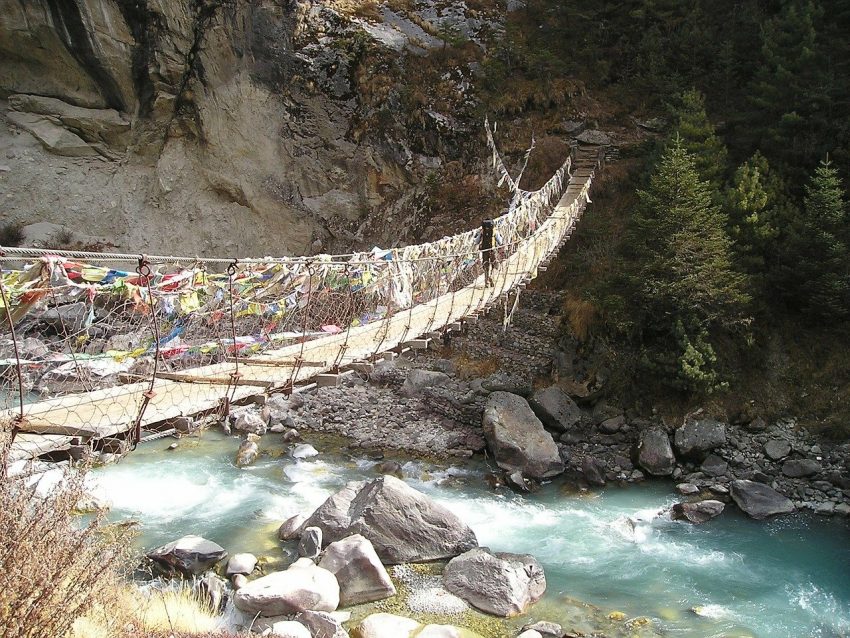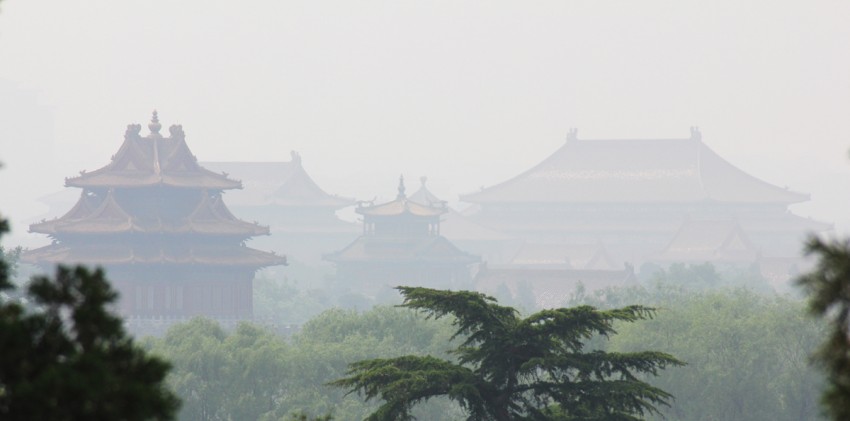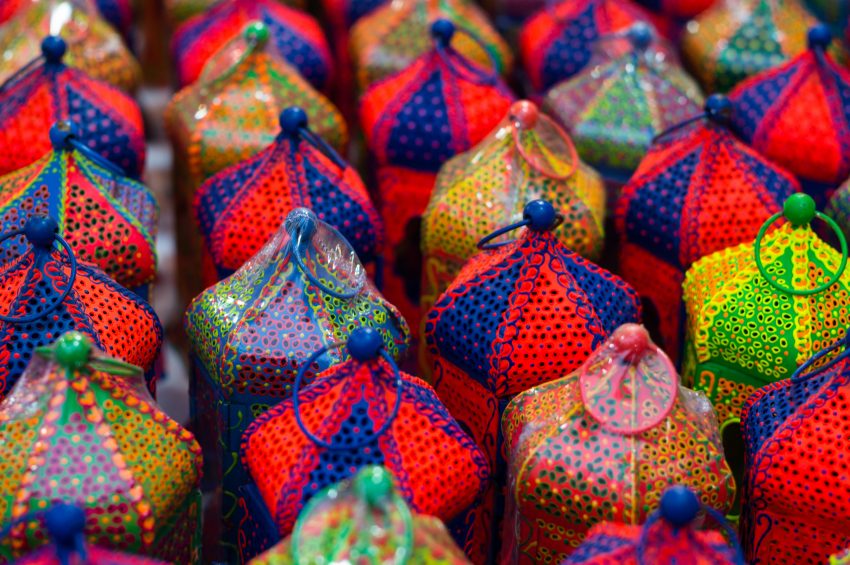Mt. Fuji is a UNESCO World Heritage site that has inspired artists and poets, and is one of Japan’s “Three Holy Mountains”. On a clear day, you can see it from one of Tokyo’s many observation decks. The official Mt. Fuji climbing season goes from early July to mid-September as this is the time when facilities are open to assist climbers. This timeframe is ideal considering that there is minimal snow on the mountain and the weather is favorable. Nonetheless, it is still a difficult climb during all times of the year.
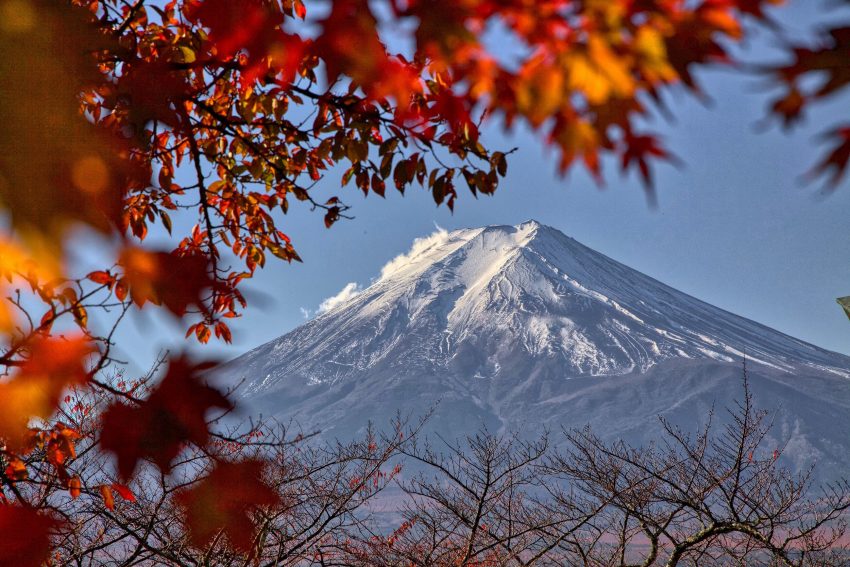
Luckily, you can still enjoy awe-inspiring views of Mt. Fuji from many areas around the mountain itself, easily accessible by car. After all, visiting this iconic mountain is definitely one of the best things to do around Tokyo. Renting a car is simple in Japan (price comparison here), but you must have an International Driver’s Permit (almost all places require this document to drive with a foreign license). If you’re not used to driving on the left side of the road, don’t fear. Driving around the much lesser populated Mt. Fuji/Hakone, as opposed to Tokyo, will make this an enjoyable experience and after awhile, you’ll get the hang of it just fine. Plan for about 2 days to see most of the sights around Mt. Fuji.
It is best to have your home-base in nearby Hakone (and pick your car up in Odawara, reached by a direct train from Tokyo). Furthermore, most of the accommodation in Hakone have on-site onsens, naturally occurring hot springs, perfect for relaxing after a long day of driving and sightseeing. I stayed at Hakone Emblem Flow and it was one of the best places I have ever stayed in (not just in Japan, anywhere!).
The most famous of Mt. Fuji viewing spots has to be the Fuji Five Lakes (Lakes Yamanaka, Kawaguchi, Saiko, Shoji and Motosu). Each lake gives a different perspective of Mt. Fuji, some have panoramic viewing decks, others with ropeways, but my personal favorite was Lake Kawaguchi (more on that later). If you don’t have a car, there are bus passes that allow you to travel along the Fuji Five Lake route, though you lose flexibility.
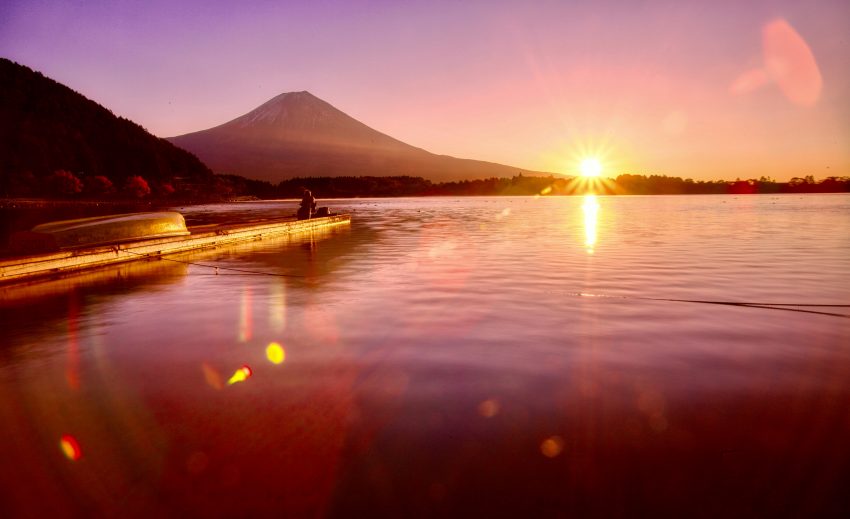
Firstly, start your drive by figuring out where you want to catch a Mt. Fuji sunrise. If you’re coming from Hakone and want to be at a lake to catch the reflection of Fuji with soft light, you will need to get up about 2 hrs to 90 min. before sunrise and start traveling (enough time to drive and set up equipment).
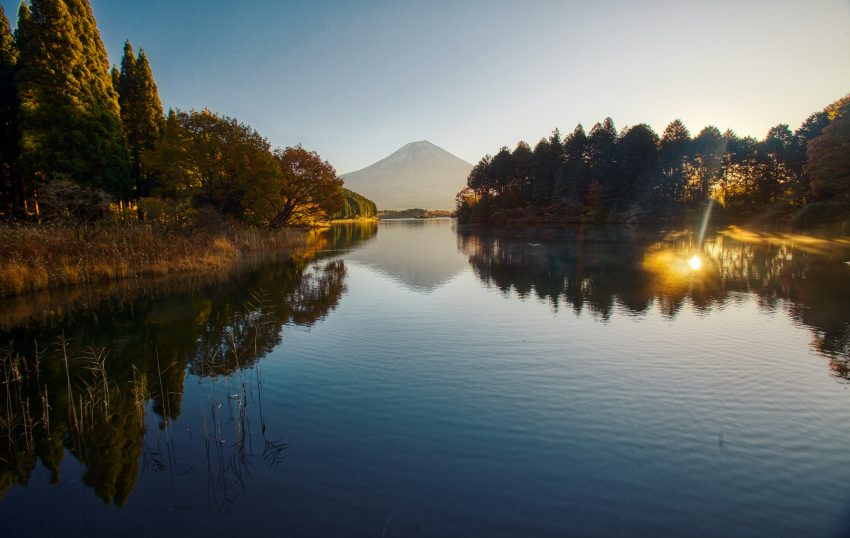
You can get up a bit later to catch the sunrise at Mt. Daikanzan Observation Deck, which is a 30 min. drive from Hakone. I decided to start my journey by catching the sunrise at Lake Tanuki, which is not one of the Fuji Five Lakes, but offer stunning views of the Fuji sunrise. There are two great viewing points from Lake Tanuki: 1) from Lake Tanuki North Day Campground and 2) Kyakamura FUJI Hotel. For the latter, park in the parking lot and make your way around the right side of the building to get to the lake and their viewing platform. Also consider staying at Kyakamura hotel as well if you want be closer to Fuji (and not have to get up so early to drive there).
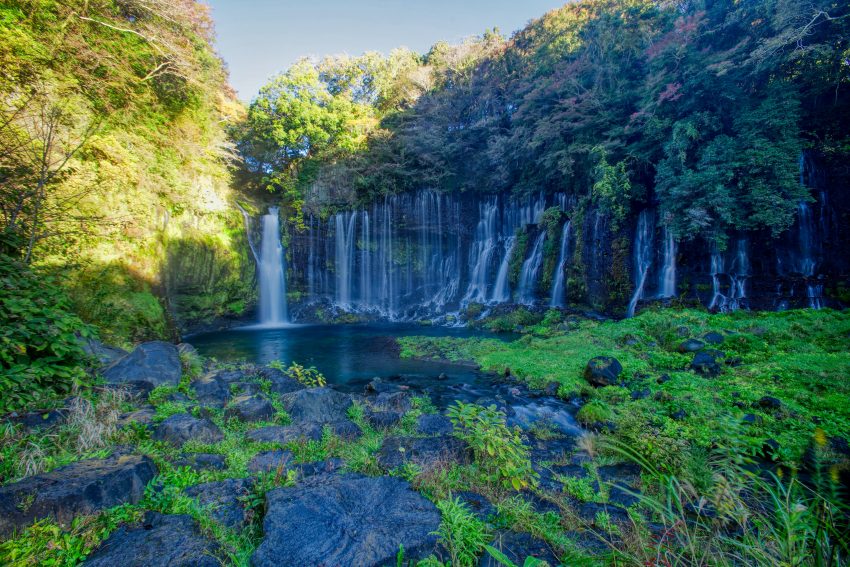
A nice detour near Lake Tanuk is Shiraito and Otodome Falls. Although these places do not offer views of Mt. Fuji itself, they are easily accessible and are gorgeous in the autumn time when the leaves are changing. When I went just after sunrise, there were no other people there, giving you plenty of space and time to try your hand at long exposure photography.
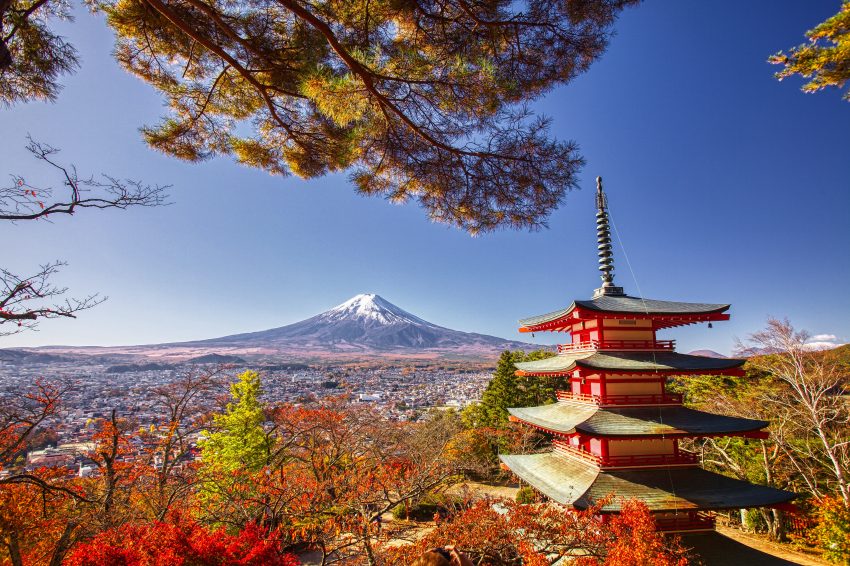
The most popular photograph of Mt. Fuji has to be from the Chureito Pagoda in the Arakurayama-Sengen Park, located Northeast of Fuji. Parking and admission are free at the base of the site however bring comfortable shoes, there are MANY stairs that require traversing before getting your view of the Pagoda itself with Fuji as a backdrop. I recommend going early in the morning to avoid the crowds. The colorful leaves perfectly compliment the snow-white Mt. Fuji cone making this an ideal photographic event to capture. (PROTIP: While ascending the stairs, always be sure to look behind you, sometimes you will have an amazing view of FUJI through the tree branches hovering over the stairway and it’s easier to capture the shot with less people while you go up, as opposed to later in the day when you head down).
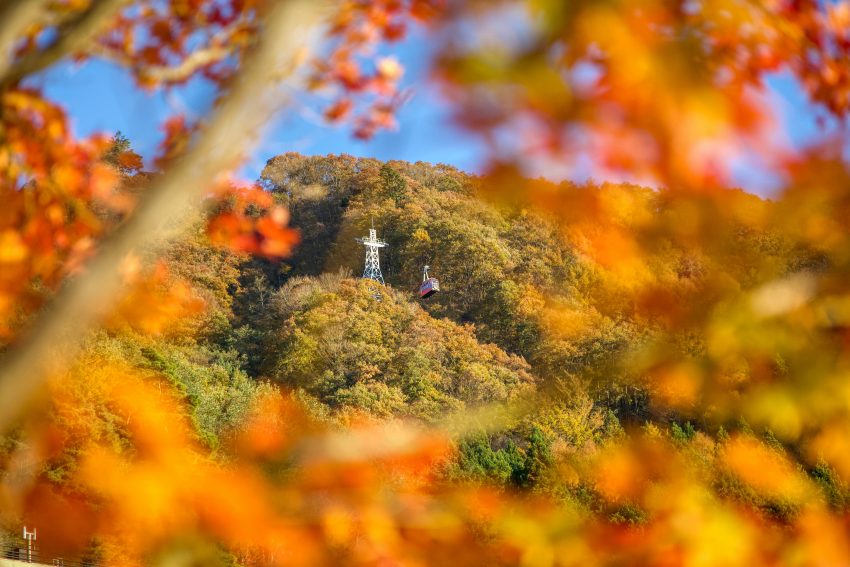
The best Fuji Five Lake (in my opinion) has to be Lake Kawaguchi. The area is a little more built up with restaurants and small shopping areas around the lake itself. Parking at Lake Kawaguchi is free at the base of the lake. During this time of year, if you get here around mid-day and don’t book your ropeway ticket early, there is usually a wait. Therefore, once you arrive, queue up to get your ticket and take the ropeway at your allotted time. Until then, you can enjoy the views of the lake, take a paddleboat, eat ramen, etc. (Tip: If you are pressed for time, you can buy a time specific ticket for the ropeway car back down, which will allow you to skip the queues).
Venturing further around Fuji, you will reach a small quaint area of traditional Japanese buildings that looks like it is stuck in time, called Oshino Hakkai. Take some time to walk through this area and buy some souvenirs and food in some of the nearby stalls. I recommend going here in the morning or evening as there will be mass bus-fueled crowds populating this area in mid-day.
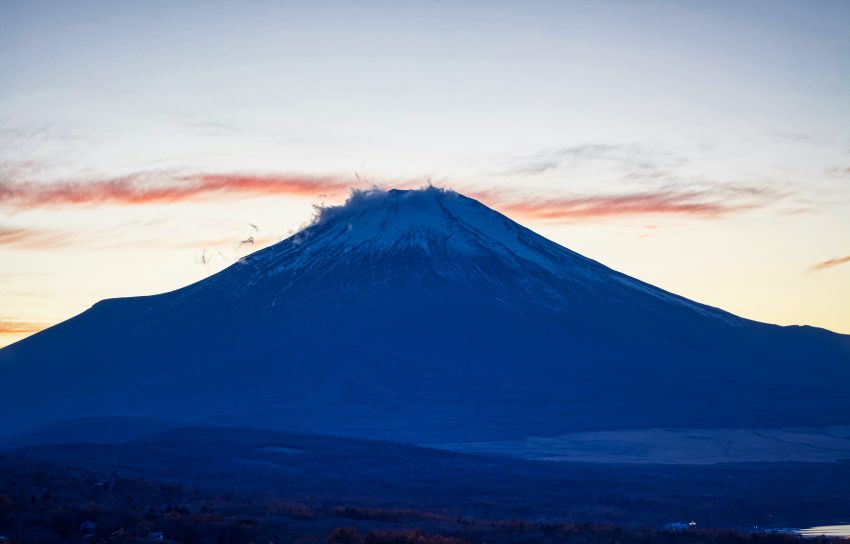
Finish off the day by catch the sunset from Lake Yamanaka Panorama Deck (Once again, free parking and no admission fee). There are no facilities here, just toilets as it’s a small area with little parking, facing Mt. Fuji and Lake Yamanaka. Sunset is a popular time here and you may have a hard time trying to get tripod space but people are generally very accommodating (as the Japanese are). You can park on the side of the road and make your way down to the viewing area. Be sure to stay about 30 min to 1 hour after sunset to capture some of the most intense, rich colors.
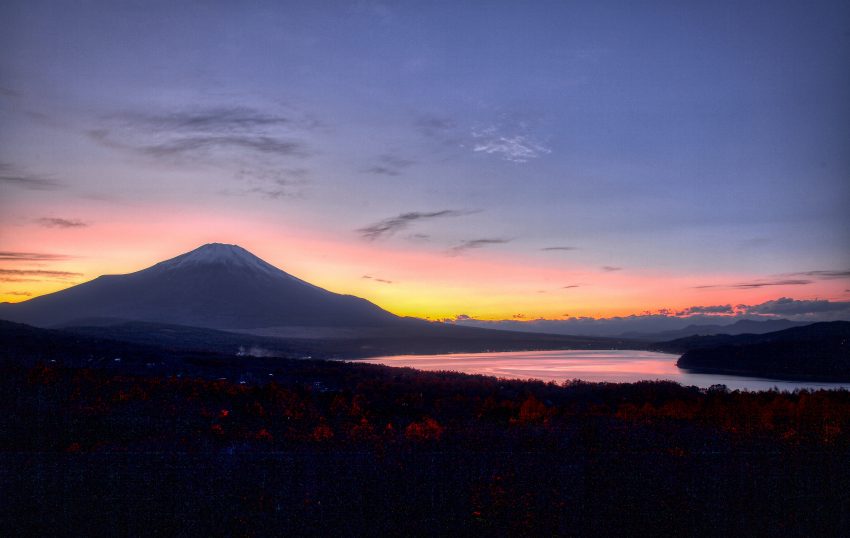
If you have multiple days with a car, spend some time to explore Hakone as well. The best view of Mt. Fuji from here is from Lake Ashi. Walk around the perimeter of this lake and take in some of the nearby temples as well.
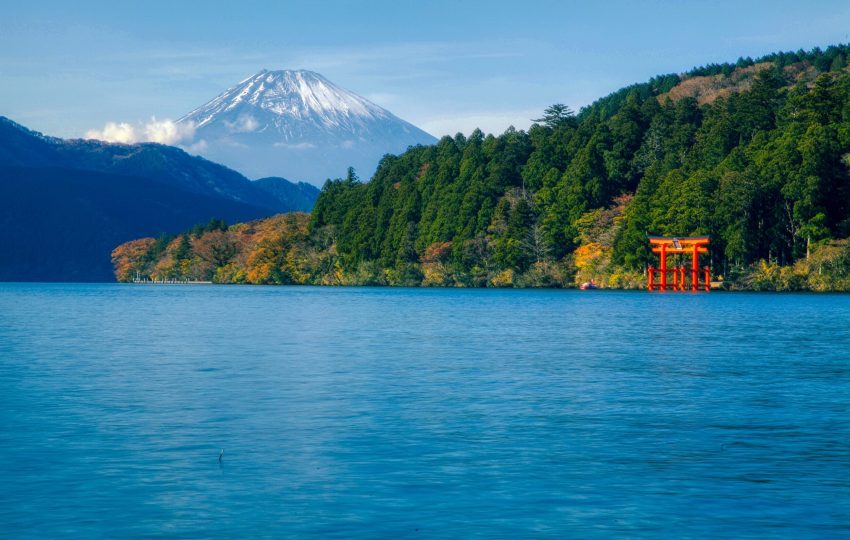
Regardless of how you decide to spend this mini-road trip, i guarantee you this will be the main highlight of your trip to Japan. If you decide to go in April instead, you will get stunning views with the emerging cherry blossom bloom.
From here you can take the Shinkansen to nearby cities like Kyoto or Tokyo. You will be very glad you decided to spend more time in the Japanese countryside.
As always when driving, watch out for cyclists on some of the narrow and VERY winding roadways!
And as for a map of the route taken around Mt. Fuji, you can see it here.
My name is Chris, or CK for short. I’m a chemist by trade, but can be found outside my natural laboratory habitat, often with my camera in hand. This journey and idea for my blog has been many years and trips in the making. I have dedicated this blog to the adventurer/photographer who likes a plan, without sacrificing spontaneity, who is also on a part-time schedule. Here, you will see a glimpse of what I see from the other side of the lens. I hope that the experiences I share can benefit readers/fellow travelers/aspiring photographers in ways that will enhance their holiday and travel spirit. See more on Facebook, Instagram, & Pinterest.

